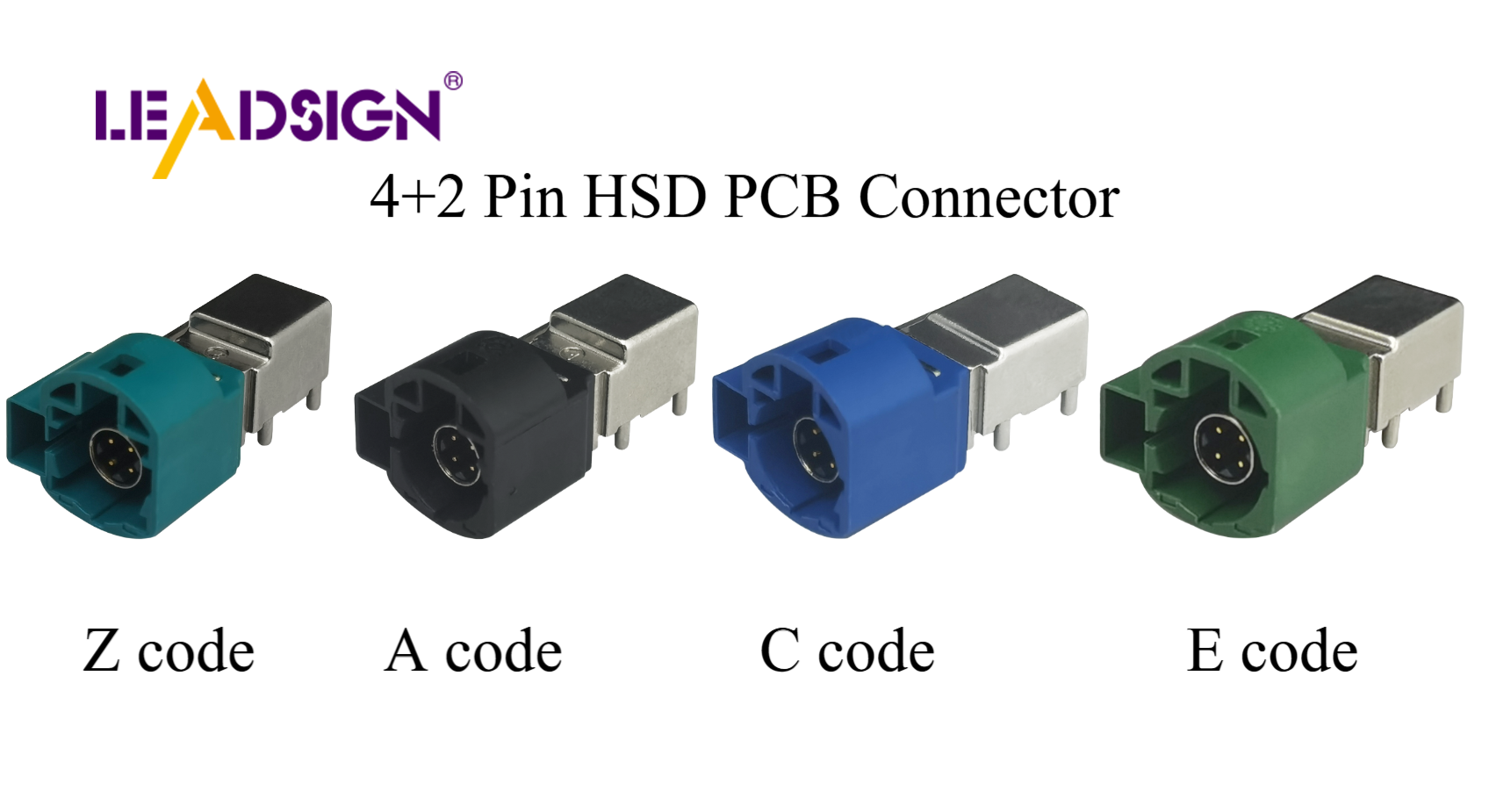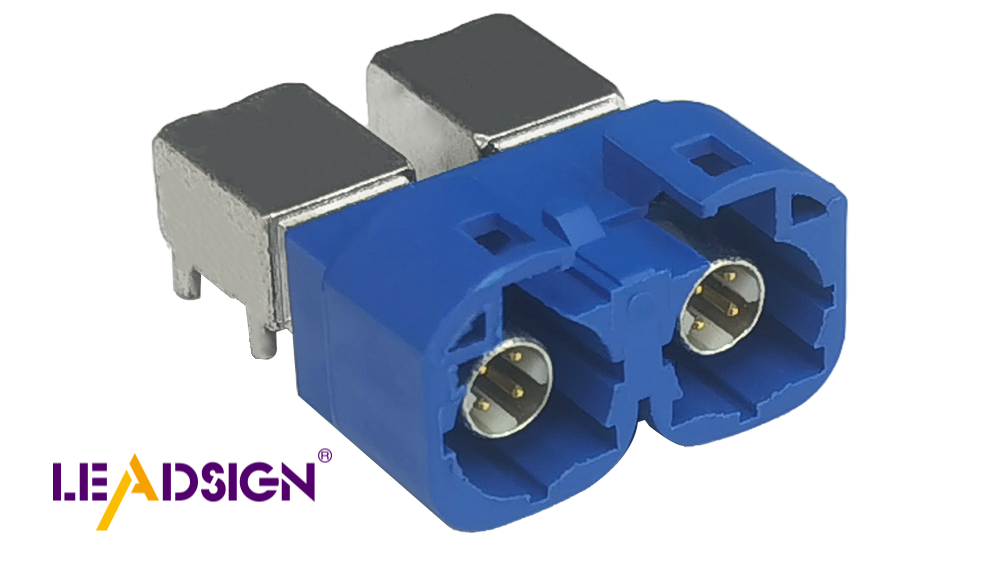Unlock the Power of Wiring Connector Types

Knowing wiring connector types is important for any wiring job. Pick the right connectors for safety and good performance. Good connectors lower the chance of problems like short circuits or overheating. They also make your setup last longer. Always think about the voltage and circuit breaker to avoid danger. After connecting, gently pull the wires to check they are tight. This easy test stops loose wires that can cause electrical problems.
Key Takeaways
Understanding different wiring connector types—like twist-on, crimp, and push-in—is essential for safe and effective electrical work.
Always choose connectors that match the wire thickness to prevent loose connections and potential failures.
Consider the environment where connectors will be used; factors like heat and moisture can affect their performance.
Follow proper installation steps for each connector type to ensure secure and lasting connections.
Testing connections by gently pulling on wires can help identify any loose fittings that could lead to electrical issues.
Selecting the right connector based on power requirements is crucial to avoid overheating and ensure safety.
Using quality connectors not only enhances safety but also prolongs the lifespan of your electrical systems.
Types of Wiring Connectors

Knowing different wiring connectors is key for any electrical work. Each type has a special use and benefits. Let's look at some common connectors you might see.
Twist-On Connectors
Twist-on connectors, or wire nuts, join many wires. Twist them onto bare wire ends for a secure fit. They come in sizes and colors for different wire thicknesses. These are great for home wiring where you need to connect wires safely. Make sure wires are tightly twisted to avoid loose connections.
Crimp Connectors
Crimp connectors make strong connections by squeezing the connector onto the wire. Use a crimping tool to press it firmly. They come in styles like butt, ring, and spade terminals. Crimp connectors are good for permanent connections, like in cars or factories. Often, they have insulation to boost safety and stop shorts.
Push-In Connectors
Push-in connectors are quick and easy. Just push the stripped wire in, and it locks. They are great for fast projects. You often find them in lights and low-voltage uses. Push-in connectors keep wires secure and reduce loose wire risks.
By knowing these connector types, you can pick the right one for your job, ensuring safety and efficiency. Whether using twist-on, crimp, or push-in connectors, each has its role in electrical work.
Picking the Right Electrical Connectors
Choosing the right connectors is key for safe projects. Each type has a special job. Knowing them helps you choose wisely.
Think About Wire Thickness
Wire thickness is called gauge. Pick connectors that fit the wire size. Wrong size can make wires loose and fail. Twist-on connectors have different sizes and colors for wire thickness. Always check connector details to match your wire.
Check the Place
Where you use connectors matters a lot. Things like heat, wetness, and chemicals can change how connectors work. In wet places, use insulated connectors to stop water problems. In tough places like cars, strong crimp connectors are best.
Know the Power
Knowing power is important for picking connectors. Power is the current through the wire. Different connectors handle different power levels. Push-in connectors are good for low power. Crimp connectors work for high power because they hold tight. Make sure your connector can handle your project's power to avoid problems.
By thinking about wire thickness, place, and power, you can pick the best connectors. This makes sure your work is safe and works well.
Using Wiring Connectors Safely and Effectively
Knowing how to use wiring connectors keeps projects safe and efficient. Each connector type has a special way to install it. Let's learn how to use twist-on, crimp, and push-in connectors.
Steps for Twist-On Connectors
Prepare the Wires: Take off about 3/4 inch of the wire cover. Make sure wires are clean and not frayed.
Align the Wires: Hold the wire ends together evenly. This helps make a strong connection.
Twist the Connector: Put the twist-on connector on the wires. Turn it clockwise until tight. It should hold the wires well.
Test the Connection: Pull each wire gently to check they are tight. Loose wires can cause problems.
Twist-on connectors are used in homes to join many wires. They work well when done right.
Steps for Crimp Connectors
Select the Right Connector: Pick a crimp connector that fits the wire size. They come in styles like butt, ring, and spade.
Strip the Wire: Remove about 1/4 inch of the wire cover. Keep the wire strands together.
Insert the Wire: Slide the wire into the crimp connector until it stops.
Crimp the Connector: Use a tool to press the connector onto the wire. Press hard for a good connection.
Inspect the Connection: Check the wire is crimped well and doesn't pull out.
Crimp connectors are strong and used in cars and factories.
Steps for Push-In Connectors
Prepare the Wire: Strip about 1/2 inch of the wire cover. Make sure the wire is straight and not damaged.
Insert the Wire: Push the wire into the connector. It will lock the wire in place.
Check the Connection: Pull the wire gently to make sure it is tight.
Push-in connectors are fast and easy. They are good for lights and low-power uses. They connect wires quickly without tools.
By following these steps, you can use wiring connectors safely in many places, like electronics and cars. Whether using twist-on, crimp, or push-in connectors, doing it right makes connections last long.
Choosing the right wiring connector is very important. It keeps your electrical projects safe and efficient. Know the different connector types and their uses. This helps you make smart choices. Think about wire size, where you use it, and power needs. These tips help you make strong and lasting connections. For your next project, use good connectors that fit well. This protects your electrical systems.
FAQ
How do you pick the best connector for the job?
Choosing the right connector is very important. You have choices like wire nuts, Wago connectors, and crimp connectors. Each one has a special job. Knowing what they do keeps your project safe and working well. Always think about what your task needs before picking one.
What are the different types of electrical connectors and their uses?
Electrical connectors come in many shapes. They are made for different jobs. Common ones include:
Butt Connectors: Good for joining wires end-to-end.
Spade Connectors: Great for quick connections and disconnections.
Ring Terminals: Used for secure connections to screw terminals.
Quick-Disconnects: Allow easy attachment and detachment.
Heat Shrink Connectors: Give extra insulation and protection.
Pick the right type based on your project's needs and how easy you want it to be.
How do I choose the right electrical connector for my project?
When working with wires, you will see connectors in different shapes and sizes. They make connections easy and help with current flow. Whether your project is at home or in a factory, knowing what you need helps you pick the right connector.
What are the uses of wire connectors in electrical systems?
Wire connectors are important in electrical systems. They are used in light switches, outlets, fans, lights, thermostat controls, HVAC systems, smoke detectors, garage doors, and doorbells. These connectors stop wires from touching each other or metal, reducing short circuits and accidents.
Why is it important to match the connector to the wire size?
Matching the connector to the wire size is key for a good connection. Using the wrong size can make wires loose, causing problems. Always check the connector's details to match your wire's thickness.
Can environmental factors affect electrical connectors?
Yes, things like heat, water, and chemicals can change how connectors work. In wet places, use insulated connectors to stop water problems. In tough places, like cars, strong crimp connectors are best.
How do push-in connectors work, and where are they used?
Push-in connectors are quick and easy. Just push the wire in, and it locks. They are used in lights and low-power jobs, giving a safe connection without tools.
Are there connectors for high-power jobs?
Yes, some connectors are made for high-power jobs. Crimp connectors give a strong connection for high current. Make sure the connector can handle your project's power to avoid problems.
How can I ensure a safe installation of wiring connectors?
To install safely, follow these steps:
Prepare the Wires: Strip the right length of cover from the wire ends.
Select the Right Connector: Pick a connector that fits the wire size and job.
Secure the Connection: Use the right way for the connector type, like twisting, crimping, or pushing.
Test the Connection: Pull the wires gently to check they are tight.
By following these steps, you can install safely and well.
See Also
Exploring FAKRA Coaxial Cable Connectors' Full Capabilities
An In-Depth Overview of HSD Connector Technology
Enhancing Automotive Performance Using HFM Connectors

